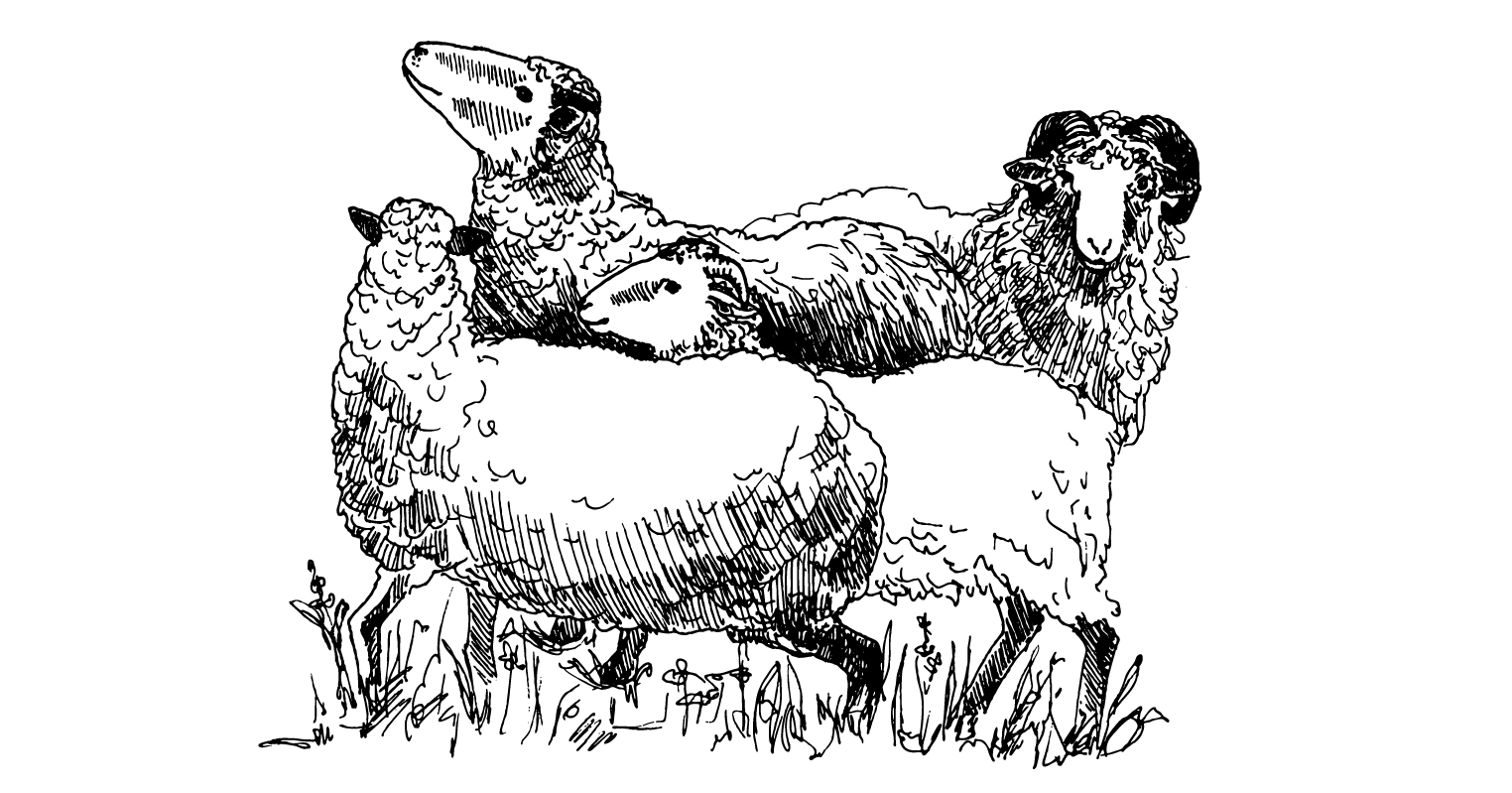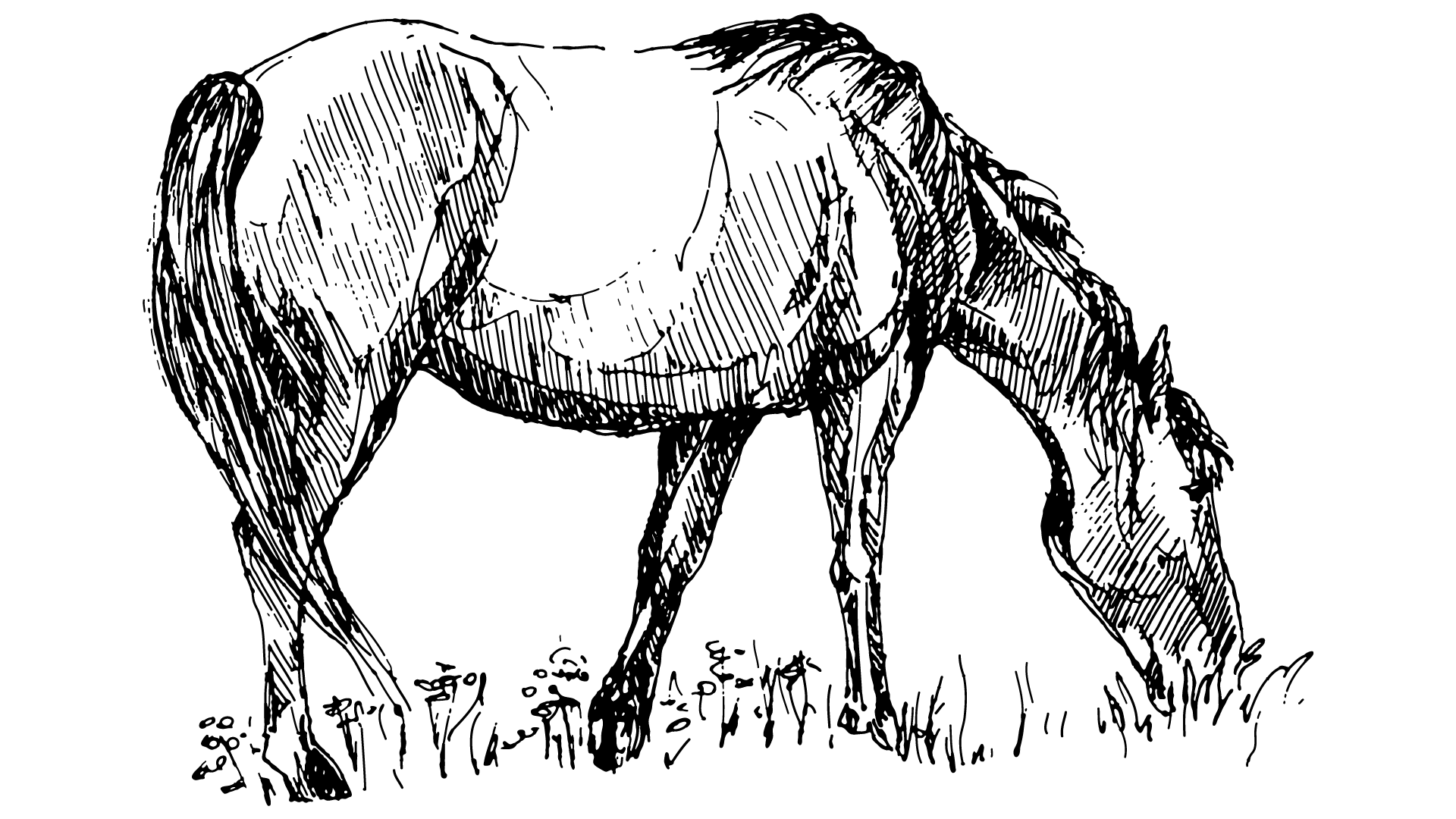Parsons Livestock Auction Prices: The Insider's Guide To Buying And Selling
Hey there, cowboy—or cowgirl! If you're diving into the world of livestock auctions, you’ve landed at the right place. Parsons Livestock Auction Prices are a hot topic in the farming and ranching community, and we’re about to break it all down for you. Whether you're a seasoned pro or just starting out, understanding the ins and outs of these prices is crucial. So, buckle up and let's get to it!
Let’s face it—livestock auctions can feel like a wild rodeo if you don’t know what you’re doing. But don’t worry; we’ve got your back. In this article, we’ll explore everything from the current trends in Parsons Livestock Auction Prices to the factors that influence them. By the end, you’ll be ready to navigate the auction floor like a pro.
And hey, if you’re wondering why Parsons is such a big deal, it’s simple. This auction is one of the most reputable in the region, attracting buyers and sellers from all over. It’s where deals are made, relationships are built, and livestock changes hands. So, let’s dig in and see what makes Parsons Livestock Auction Prices tick.
Read also:Simon Daltrey The Untold Story Of A Rising Star
Why Parsons Livestock Auction Prices Matter
First things first—why should you care about Parsons Livestock Auction Prices? Well, if you’re in the business of buying or selling cattle, hogs, sheep, or any other livestock, these prices are your bread and butter. They’re not just numbers on a board; they’re indicators of market health, supply and demand, and overall industry trends.
For farmers and ranchers, knowing the prices at Parsons can help you make smarter decisions. Should you sell now or wait? Is it a good time to buy? These questions can only be answered by staying on top of the numbers. And trust me, the numbers don’t lie.
Factors That Influence Parsons Livestock Auction Prices
Now, here’s where things get interesting. Parsons Livestock Auction Prices aren’t set in stone. They’re influenced by a variety of factors, some of which might surprise you. Let’s break it down:
- Supply and Demand: This one’s a no-brainer. If there’s more livestock available than buyers, prices tend to drop. On the flip side, if demand is high and supply is low, prices go up.
- Seasonal Trends: Believe it or not, the time of year plays a big role. Spring and fall are usually peak seasons for buying and selling livestock, so prices might fluctuate accordingly.
- Economic Conditions: The overall health of the economy can impact prices. If consumers are spending less on meat, farmers might have to lower their prices to make sales.
- Feed Costs: If feed prices skyrocket, farmers might pass those costs on to buyers, driving up auction prices.
So, as you can see, there’s a lot more going on behind the scenes than just a bunch of animals up for sale. It’s a complex ecosystem that requires attention to detail.
Current Trends in Parsons Livestock Auction Prices
Alright, let’s talk about what’s happening right now. As of the latest data, Parsons Livestock Auction Prices are showing some interesting trends. For starters, beef prices have been on the rise, thanks to increased consumer demand for high-quality cuts. On the other hand, hog prices have remained relatively stable, with slight fluctuations depending on the season.
Sheep and goat prices, however, have seen a bit of a dip. This could be due to a combination of factors, including changes in consumer preferences and shifts in international trade. But don’t let that scare you off—there’s still plenty of opportunity for savvy buyers and sellers to make a profit.
Read also:Monalita Fapello The Rising Star You Need To Know
Understanding the Auction Process
Before you jump into the auction itself, it’s important to understand how it works. Here’s a quick rundown:
- Registration: First, you’ll need to register as either a buyer or seller. This process is usually straightforward and can often be done online.
- Inspection: Once you’re registered, you’ll have the chance to inspect the livestock before the auction begins. This is your opportunity to assess the quality and condition of the animals.
- Bidding: When the auction starts, the bidding begins. Prices can move quickly, so it’s important to have a clear idea of your budget and stick to it.
- Closing: After the auction, you’ll finalize the transaction and arrange for transportation if needed. It’s a smooth process, but it’s always good to be prepared.
Now, here’s a pro tip: don’t be afraid to ask questions. The auction staff is there to help, and they’re usually more than happy to answer any concerns you might have.
How to Get the Best Deals at Parsons Livestock Auction
Everyone wants a good deal, right? Well, there are a few strategies you can use to maximize your savings at Parsons Livestock Auction. Here’s what the pros do:
First, do your research. Keep an eye on current Parsons Livestock Auction Prices and try to identify patterns. Are prices consistently lower on certain days of the week? Are there specific types of livestock that tend to sell for less? These insights can help you time your purchase perfectly.
Second, build relationships. Get to know the regulars at the auction. They can be a wealth of information and might even give you a heads-up on upcoming deals. Plus, it never hurts to have friends in the business.
Common Mistakes to Avoid
Of course, no one’s perfect, and mistakes happen. But by being aware of the common pitfalls, you can avoid them. Here are a few to watch out for:
- Overbidding: It’s easy to get caught up in the moment and end up paying more than you intended. Stick to your budget and walk away if necessary.
- Not Inspecting Properly: Don’t skip the inspection step. You don’t want to buy an animal with hidden health issues or poor quality.
- Ignoring Market Trends: Staying informed about market conditions can save you a lot of headaches. Don’t make decisions in a vacuum.
By avoiding these common mistakes, you’ll be well on your way to success at the auction.
Parsons Livestock Auction Prices: A Historical Perspective
Let’s take a step back and look at the bigger picture. Parsons Livestock Auction has been around for decades, and its prices have seen their fair share of ups and downs. In the early days, prices were often dictated by local demand, with little influence from national or international markets. But as the industry has grown, so too has the complexity of pricing.
Today, Parsons Livestock Auction Prices are influenced by a global network of factors. From trade agreements to climate change, there’s a lot to consider. But one thing remains constant: the auction continues to be a vital part of the livestock industry, providing a platform for buyers and sellers to connect.
Key Statistics and Data
Here are some key statistics to give you a better understanding of Parsons Livestock Auction Prices:
- In 2022, the average price for beef cattle at Parsons was $1.40 per pound.
- Hog prices averaged $0.75 per pound, with slight variations depending on the season.
- Sheep and goat prices ranged from $0.60 to $0.80 per pound, reflecting a gradual decline over the past few years.
These numbers might seem dry, but they’re crucial for anyone looking to make informed decisions at the auction.
Expert Tips for Maximizing Profit
Ready to take your auction game to the next level? Here are some expert tips to help you maximize your profit:
First, diversify your portfolio. Don’t put all your eggs in one basket. Consider buying a mix of different types of livestock to spread your risk. This way, if one market takes a dip, you’ve got others to fall back on.
Second, invest in quality. Sure, buying the cheapest animals might seem like a good idea, but in the long run, it could cost you more in terms of maintenance and healthcare. Quality livestock tends to perform better and fetch higher prices when it’s time to sell.
Building a Long-Term Strategy
Finally, think long-term. The livestock industry is cyclical, and prices will fluctuate. But by building a solid foundation and sticking to a well-thought-out strategy, you can weather the storms and come out on top.
Whether you’re a buyer or a seller, the key is consistency. Keep an eye on Parsons Livestock Auction Prices, stay informed about market trends, and always be willing to adapt. It’s not always easy, but with the right approach, you can make a living doing what you love.
Conclusion: Your Next Move
Alright, we’ve covered a lot of ground here. From understanding Parsons Livestock Auction Prices to navigating the auction process, you’re now equipped with the knowledge you need to succeed. But remember, success doesn’t happen overnight. It takes time, patience, and a willingness to learn.
So, what’s your next move? Are you ready to hit the auction floor and make some deals? Or do you want to dig deeper into the data and refine your strategy? Whatever you decide, we’re rooting for you.
And don’t forget to share this article with your fellow ranchers and farmers. Knowledge is power, and the more we share, the stronger our community becomes. Until next time, happy bidding!
Table of Contents
- Why Parsons Livestock Auction Prices Matter
- Factors That Influence Parsons Livestock Auction Prices
- Current Trends in Parsons Livestock Auction Prices
- Understanding the Auction Process
- How to Get the Best Deals at Parsons Livestock Auction
- Common Mistakes to Avoid
- Parsons Livestock Auction Prices: A Historical Perspective
- Key Statistics and Data
- Expert Tips for Maximizing Profit
- Building a Long-Term Strategy


